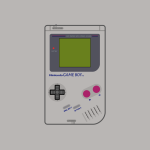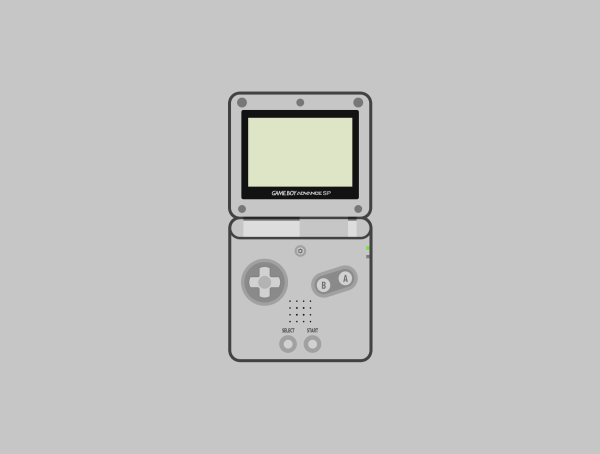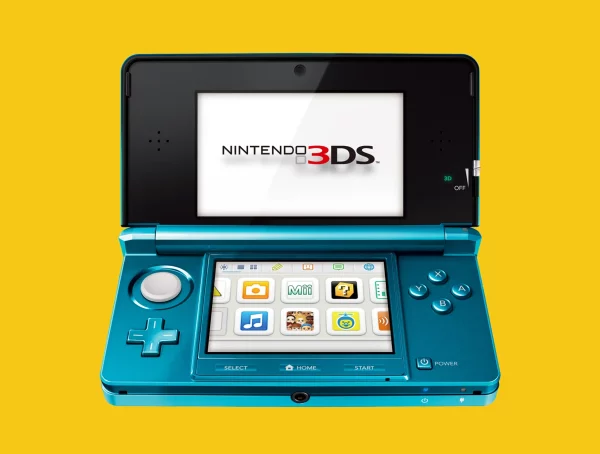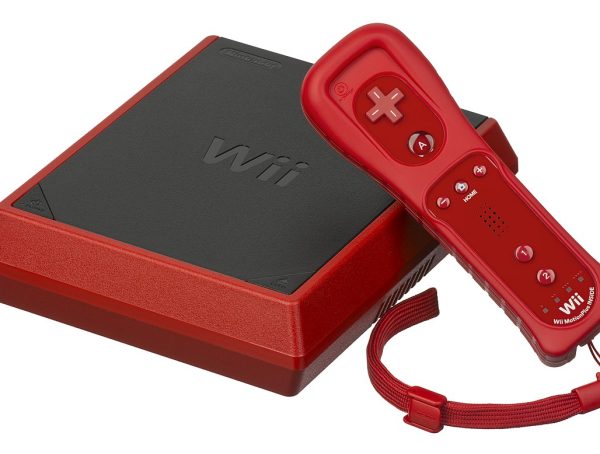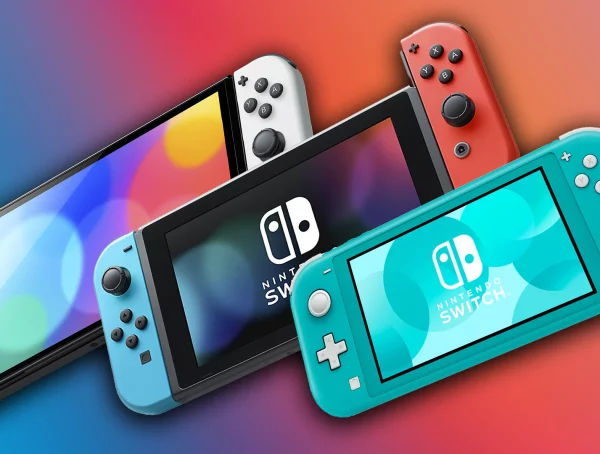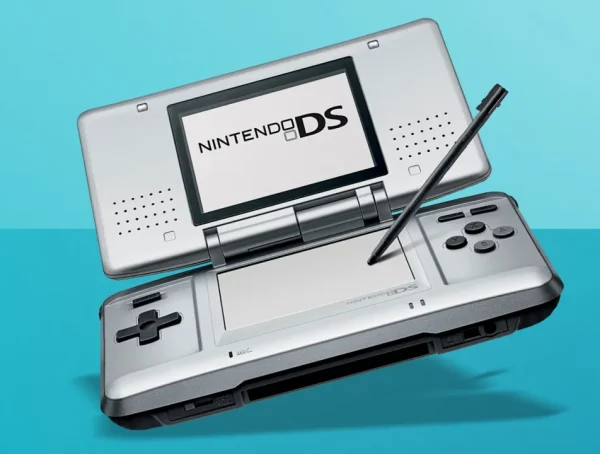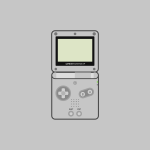In 1996, Nintendo released the Game Boy Pocket, a streamlined and improved version of its iconic Game Boy. While retaining compatibility with the existing library of Game Boy games, the Pocket brought several enhancements that made it a favorite among handheld gamers of the era. More compact, lighter, and with a sharper screen, the Game Boy Pocket represented an important step in the evolution of portable gaming.
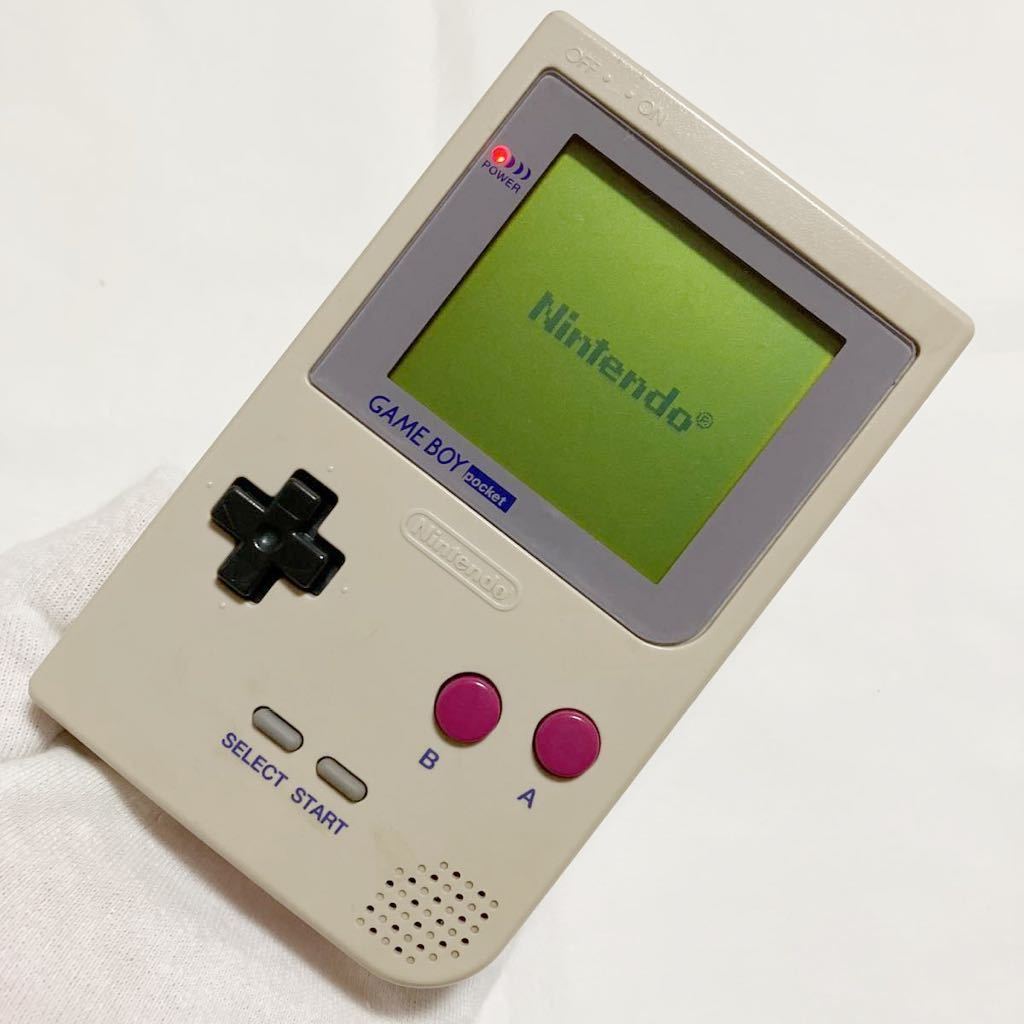
The History Behind the Game Boy Pocket
By the mid-1990s, the original Game Boy had already become a global phenomenon. Since its release in 1989, the handheld had sold tens of millions of units worldwide, thanks to its portability, affordable price, and an ever-growing library of games like Tetris, Pokémon, Super Mario Land, and The Legend of Zelda: Link’s Awakening.
However, despite its success, the original Game Boy was criticized for its bulky design and green-tinted screen, which lacked clarity and backlighting. Nintendo saw an opportunity to refresh its hit console by addressing these concerns while keeping the core experience intact.
That’s where the Game Boy Pocket came in, released in Japan on July 21, 1996, and later that year in North America and Europe, it was a sleeker and more modern update that retained full compatibility with the original Game Boy games.
Design and Improvements
The Game Boy Pocket was engineered to be significantly smaller and lighter than the original Game Boy. Here are some of its key improvements:
Main Upgrades:
- Compact and Lightweight: The Pocket was roughly 30% smaller than the original, easily fitting in a coat or pants pocket.
- Improved Screen: Instead of the original’s greenish screen, the Pocket featured a true black-and-white display, making graphics much crisper and easier to see in good lighting.
- Fewer Batteries: The original Game Boy required four AA batteries, but the Pocket only needed two AAA batteries, offering around 10 hours of playtime.
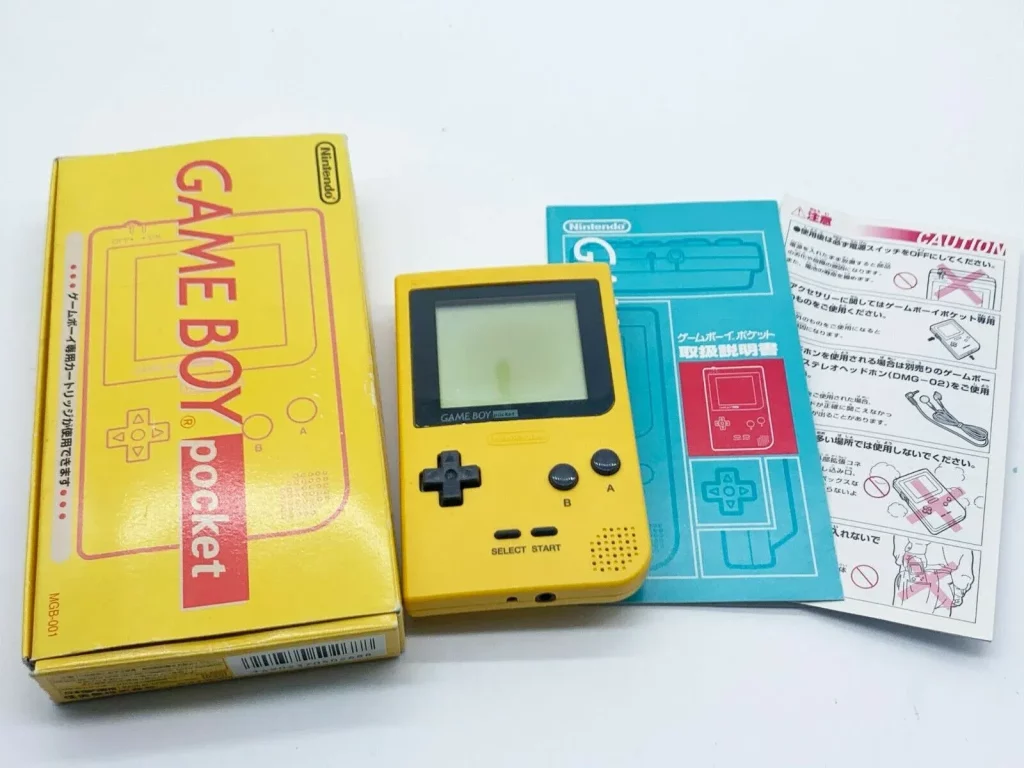
Versions and Colors
Nintendo released the Game Boy Pocket in a variety of colors, which helped it appeal to different age groups and personal styles. These included:
- Standard Colors: Silver, Red, Green, Black, Blue, Yellow, and Clear.
- Limited Editions: Several limited or special edition versions were released, including:
- Clear Black (semi-transparent)
- Hello Kitty Edition
- Game Boy Light Exclusive Colors (Japan only)
One of the most iconic releases was the transparent version, allowing users to see the circuitry inside, a nod to the tech aesthetic of the 1990s.
Revision Note:
In late 1996, Nintendo quietly updated the Game Boy Pocket to include a power LED indicator, which was absent in the initial models. This small addition let users know when the battery was running low.
Technical Specifications
| Feature | Game Boy Pocket |
|---|---|
| Release Date | July 21, 1996 (Japan) |
| CPU | Custom 8-bit Sharp LR35902 @ ~4.19 MHz |
| Display | Reflective monochrome LCD |
| Resolution | 160 × 144 pixels |
| Screen Size | 2.6 inches |
| Color Display | Black-and-white (no backlight) |
| Battery | 2 × AAA batteries |
| Battery Life | ~10 hours |
| Weight | 125 grams (4.4 oz) |
| Audio | Mono speaker, headphone jack for stereo sound |
| Compatibility | Compatible with all original Game Boy games |
Legacy and Impact
While the Game Boy Pocket was a stopgap before the release of the Game Boy Color in 1998, it played a vital role in keeping the Game Boy brand relevant. Its improved design and screen helped reintroduce the handheld to new and returning gamers, especially as Pokémon began gaining momentum around the same time.
The Game Boy Pocket also cemented Nintendo’s philosophy of iterative hardware improvements, a practice the company continues to this day with devices like the Nintendo Switch Lite and OLED model.
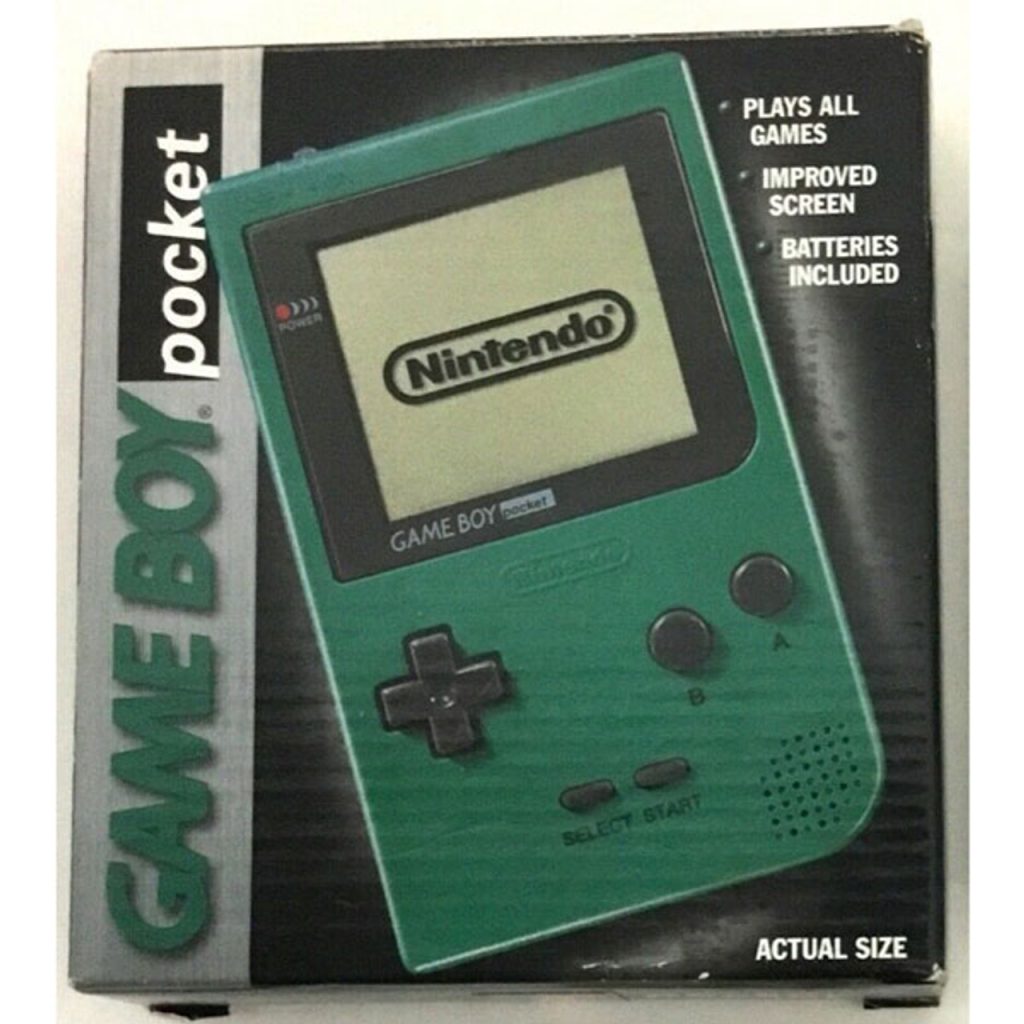
A Refined Evolution!
The Game Boy Pocket wasn’t a revolutionary new console, but rather a refined evolution of a beloved system. It addressed many of the shortcomings of the original Game Boy while keeping its soul intact. For many fans, it became the perfect way to experience the golden age of portable gaming, slimmer, sharper, and more stylish than ever before.
You might also like
More from CONSOLES
Nintendo Wii Mini: Complete History, Versions, and Specs (2012)
The Nintendo Wii Mini is a lesser-known variant of the highly successful Nintendo Wii console. Designed as a more affordable …
Nintendo Switch: The Complete History and Versions of Nintendo’s Hybrid Revolution (2017)
Introduction When the Nintendo Switch was launched on March 3, 2017, it wasn’t just a new console, it was a radical …
Nintendo DS: The Dual-Screen Revolution (2004)
The Nintendo DS, launched in 2004, marked a bold and innovative step in the world of handheld gaming. With its …
